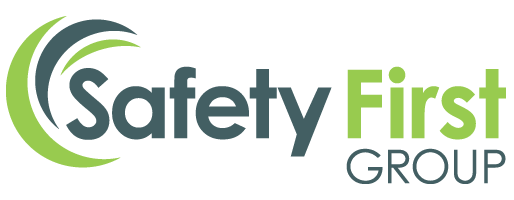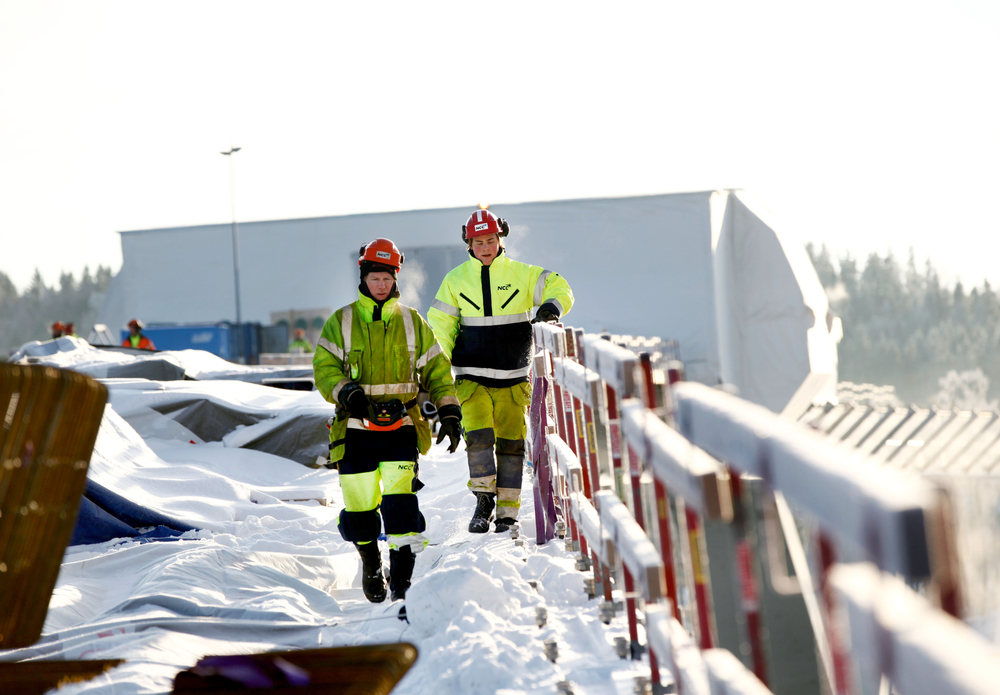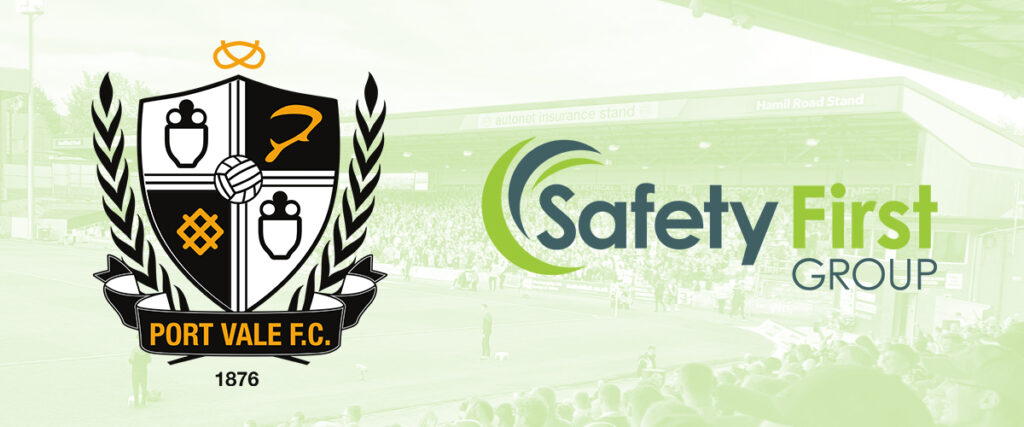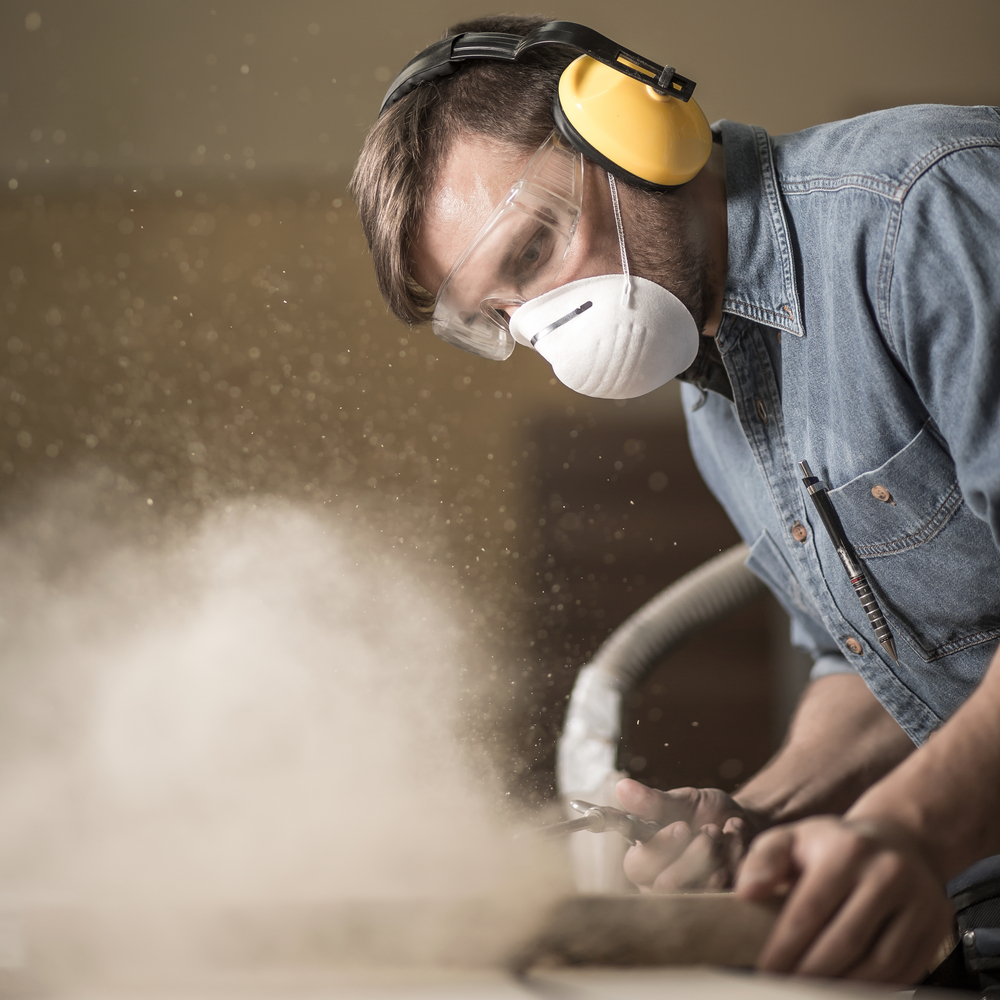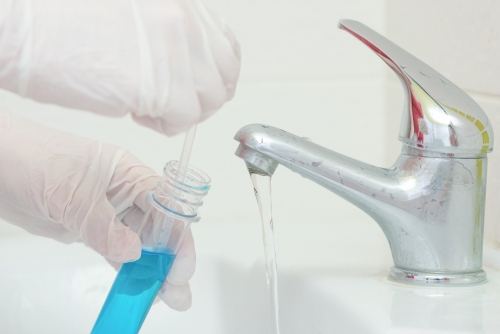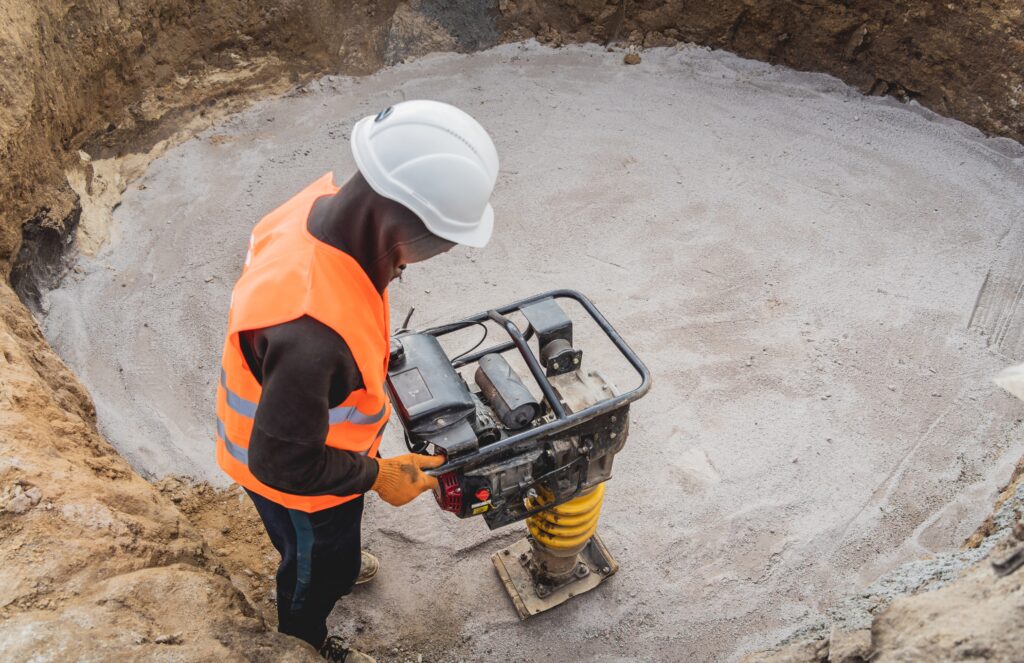By 2023 occupational hygiene has been practised for around 300 years. Occupational hygiene is the practice of managing health risks at work such as inhalation of harmful substances or risk management to prevent accidents. It’s about controlling exposure to hazards, some of which are unavoidable.
Occupational hygiene covers both the businesses workforce, and the wider community. This includes ensuring that environmental noise and other hazardous levels are at a minimum so that the public won’t be at risk.
How did Occupational Hygiene start?
In 1700, Bernardino Ramazzini (also known as the Father of Occupational Medicine) began to examine industrial hygiene and medicine. Finally going on to produce his first book entitled ‘The diseases of workmen’. And this is when the practice of occupational hygiene began, finally evolving into the modern practice we see today.
In 1700, high-tech equipment wasn’t as readily available as it is now. However, those early processes were the foundation for the beginning of the history of occupational hygiene. A practice which is now governed in the UK by the Health and Safety Executive (HSE).
Why is occupational hygiene important?
Although Occupational Hygiene requires a thorough approach and an experienced team of people to manage, there are companies in the UK who manage their own occupational hygiene. In addition to this there are many who choose to outsource. This is where companies like Safety First Group come in. We’ve made it our business to help customers manage their workplace hazards to help prevent ill health.
Without Occupational hygiene, your workforce are at risk as soon as they step on the premises. Furthermore, what do you think would happen if workers are not protected? Inevitably, half of the workforce would be off work with ill health, or worse they begin work with an injury. Can you run a business like that? And don’t forget, it is law to protect workers so that they make it home at the end of the day. Moreover, if you don’t make occupational hygiene a priority then you are not fulfilling your legal obligations.
Types of occupational hygiene
The five types of occupational hygiene risks are:
- Environmental – Noise levels, pollution, dumped rubbish etc
- Chemical – Hazardous chemicals, toxic substances that can be inhaled/cause skin irritation
- Biological – Bacteria like Legionella, viruses and other mould or fungi that pose a risk to human health
- Physical – Vibration, radiation, heat, fire, cold & slips, trips and falls
- Ergonomic – Repetition, manual handling, awkward positioning, motion
Occupational hygiene processes are set up with one or more of risks types in mind. And, each risk has its own piece of legislation that requires compliance with the HSE.
How do I protect against environmental hazards?
Firstly, one size doesn’t fit all. There are many ways to control environmental hazards, it’s more about what is suitable for your company. All occupational hygiene services aren’t needed for everyone, but you may need more than one.
We suggest one, or some of the following services for any business where hazards are prevelant.
- Environmental Noise assessment – Some site noise can filter through to local residents. This becomes noise pollution and needs action asap. You can visit the HSE here for more information.
- Workplace Noise Assessment – Helping to safeguard against hearing damage caused by exposure to high levels of noise. Covered by the ‘Control of Noise at Work Act’
- Control of substances hazardous to health (COSHH) – To protect workers from exposure to high-risk contaminants like dust, fumes and chemicals. See
Are chemical hazards easy to spot?
They can be, but a risk assessment would be good practice first off. Occupational hygiene covers anything from contact with toxic materials, such as paint or inhalation of hazardous dust and fibres. Importantly, inhalation of toxic substances can lead to occupational lung disease like COPD and lung cancer.
Read more about managing occupational lung disease here, including which symptoms to look out for.
Services for managing chemical exposure include:
- Occupational exposure monitoring – Lack of controls around exposure monitoring can have serious health effects a workforce. Exposure monitoring is essential if you have employees working with hazardous substances.
- LEV testing – If you control dust inhalation at the source, your local exhaust ventilation system might need a check up! These systems usually decline with use, so monitoring every 12 months is essential.
- COSHH – see above.
Controlling biological hazards
Legionella monitoring and COSHH are popular services for controlling biological hazards. Whilst Legionella monitoring concentrates on a specific type of bacteria, air quality monitoring covers the rest.
Furthermore, sampling bacteria identified in the risk assessment is a step required by the HSE. When you indentify the risk, it becomes your responsibility to ensure the risk of exposure is limited or eradicated if possible.
Because temperature and humidity can cause moisture which is a breeding ground for bacteria, you might need to invest in a proper ventilation system to minimise the risk of recurrence. This is something our team can talk through with you.
How effective is vibration monitoring?
The symptoms of long term vibration exposure can’t suddenly be reversed with Vibration monitoring. However, this is helpful when attempting to control exposure and prevent further damage. Eradicated risk isn’t always the answer either. Be prepared to provide long term care to those workers who use power tools daily.
However, you can control the risk with regular vibration monitoring and health surveillance for your most at-risk employees. Importantly, one of the most prevalent hazards relating to long-term exposure to hand held power tools is hand/arm vibration syndrome.
Learning how to manage and what to look out for when dealing with HAVS is essential. You can learn more about that here. Your business might also benefit from whole body vibration monitoring, depending on requirements. This is most useful for drivers who feel vibration through their seat, and operators of other machinery that causes vibration.
For any other information on any of the services we have listed you can visit our dedicated occupational hygiene service pages.
Got questions?
Our team of qualified technicians will be happy to discuss your requirements in more detail and work on a bespoke package to suit your needs. Call us on 0845 004 2133 or send an enquiry via our contact page here.
